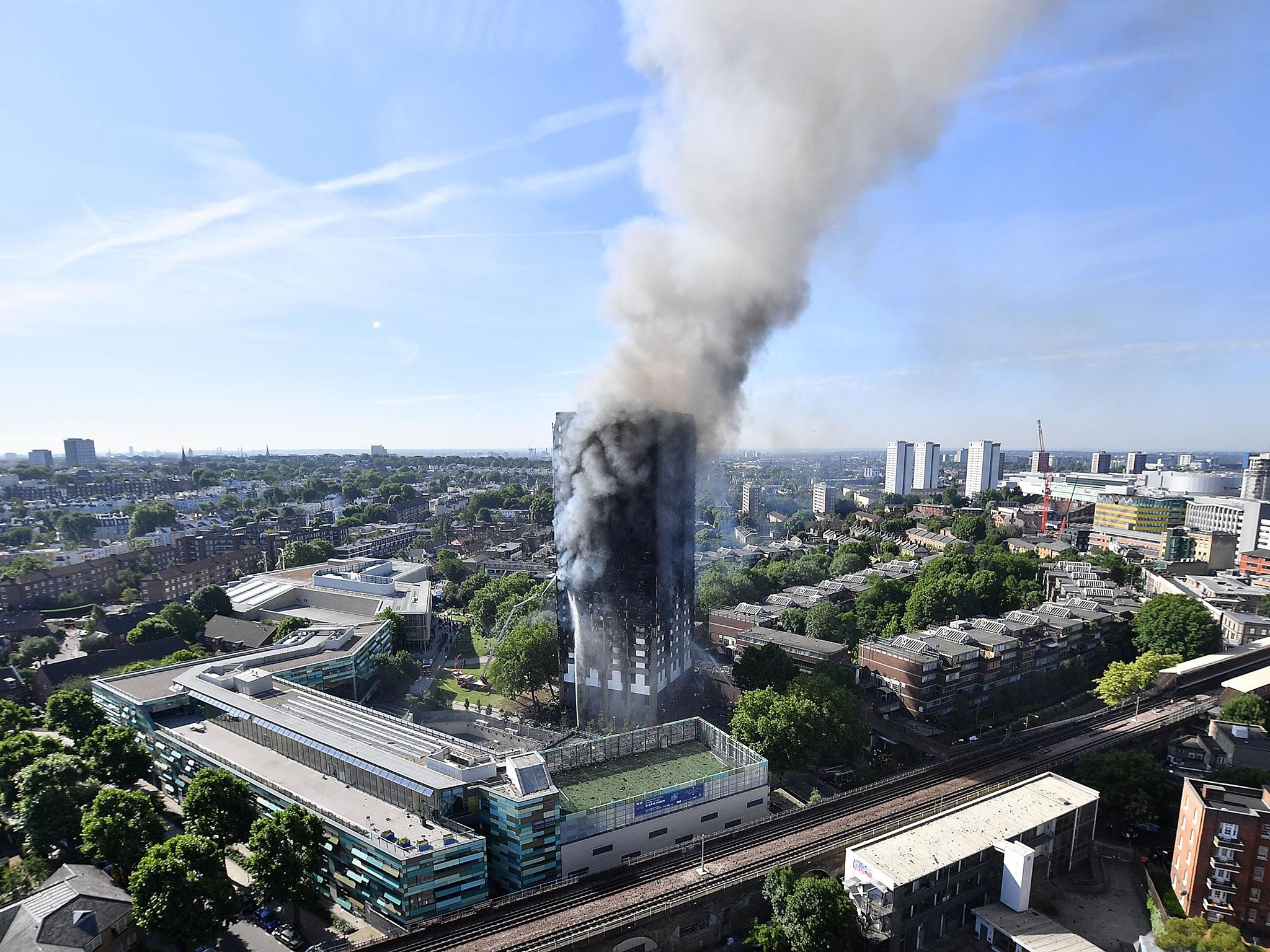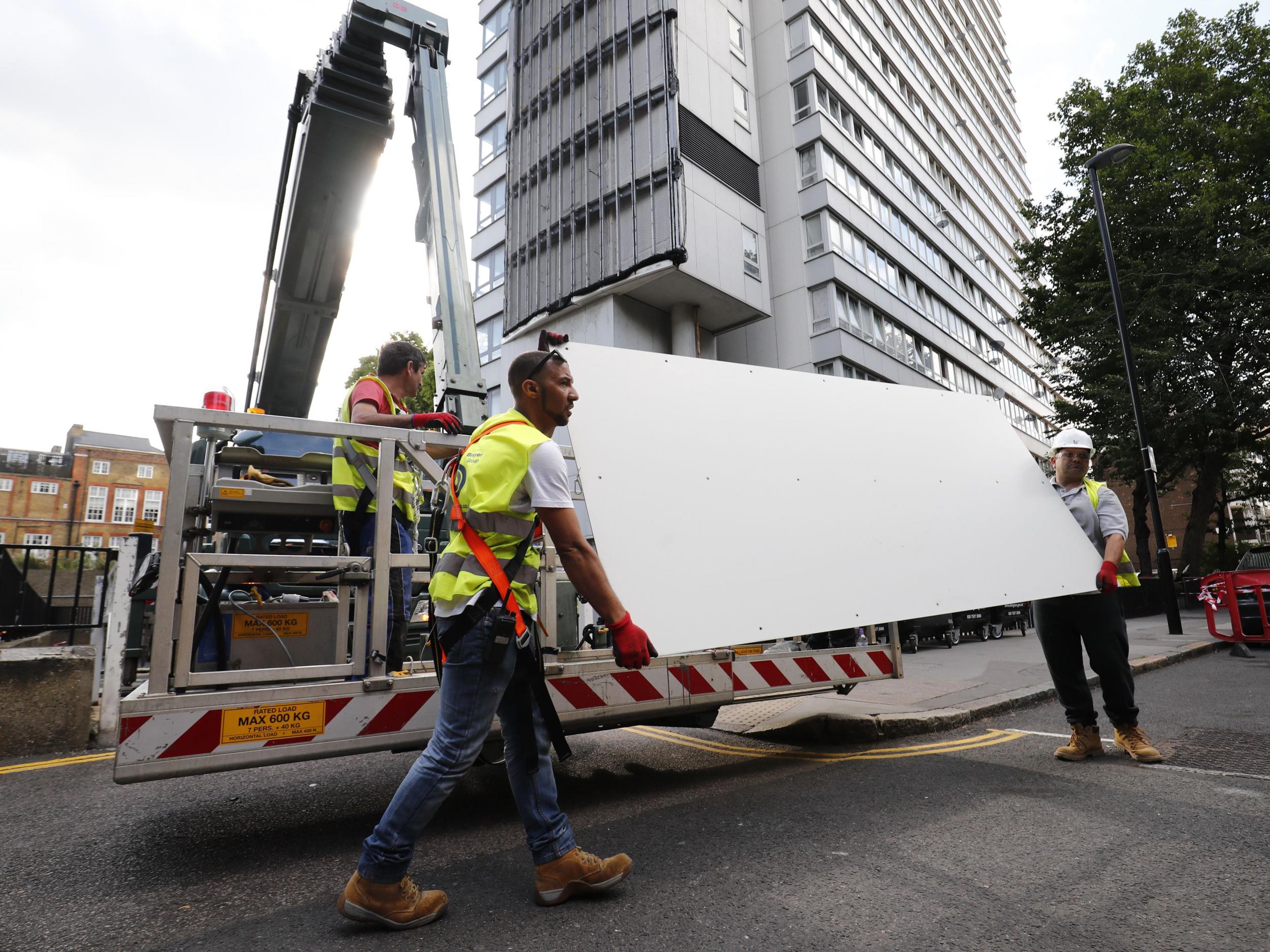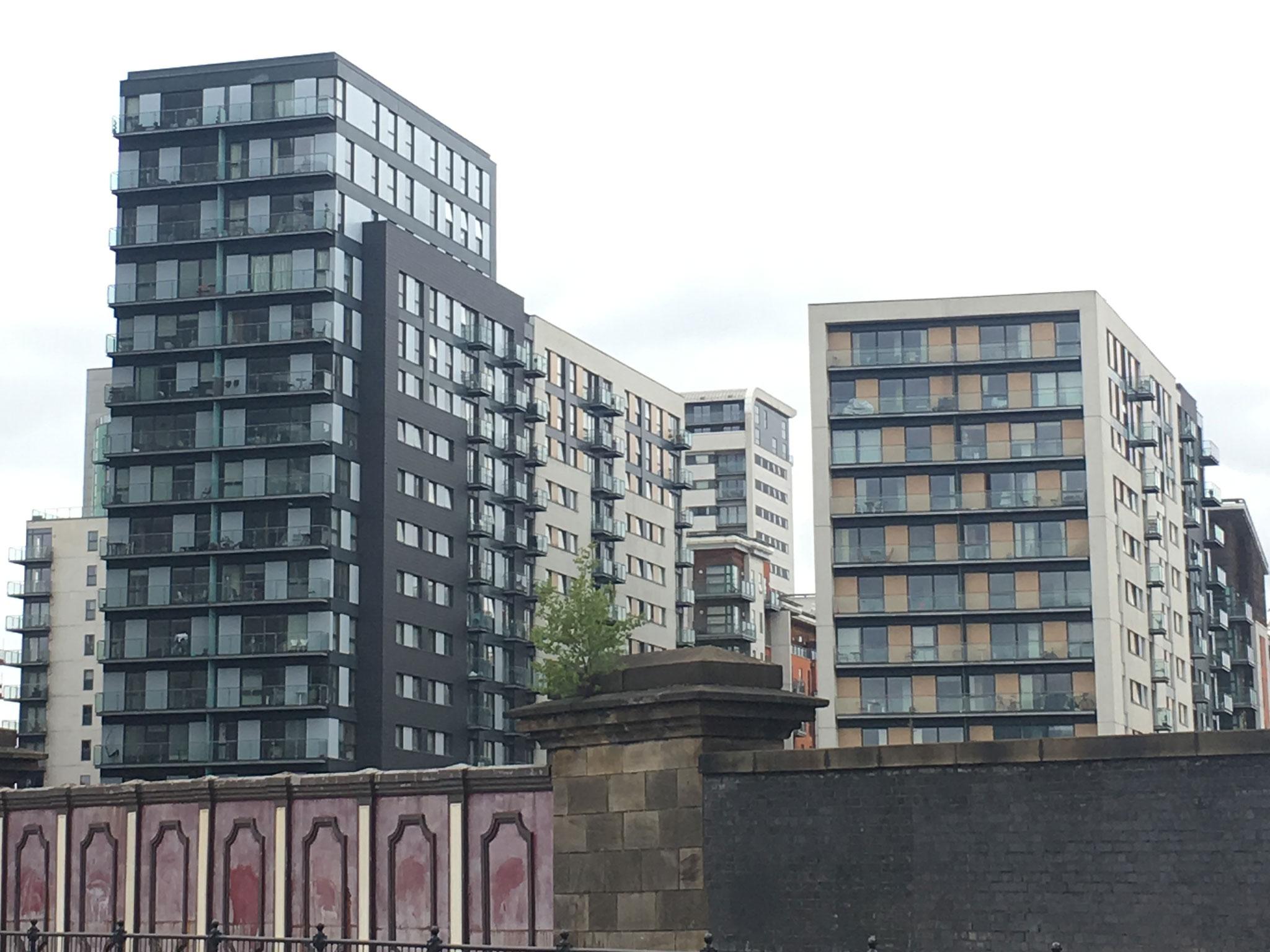Has Grenfell Tower had an effect on UK housebuilding?
Is social housing becoming safer? Or is it lagging behind private developments, asks Iain Smith

On 14 June last year, the Grenfell Tower fire tragically killed 72 people with 70 more suffering injuries.
It is believed the fire spread so quickly due to the cladding on the building; the composite foam sandwiched within the cladding is thought to have helped the fire travel up the highrise block.
The cladding that was eventually installed on the block wasn’t the original cladding that was proposed. The initially proposed zinc cladding – which has been found to have greater fire-retardant properties – was swapped for an aluminium alternative to reduce the cost of the renovation work.

The decision was made to install the aluminium panels and save nearly £300,000. In documents obtained by the media, all recommended changes to building materials and approaches could result in a potential saving of £693,161, reducing the overall cost of the refurbishment from £9.2m to £8.5m.
As outlined in one planning document, the work was undertaken to “provide significant improvements to the physical appearance of the tower, as well as the environmental performance and the amenity of its residents”. It was intended to “improve its appearance especially when viewed from the surrounding area”.
In this scenario, the choice and quality of building materials had a devastating impact on the lives of Grenfell Tower residents.
Park Modern
A clear wealth divide is present within the borough of Kensington. Property prices in Kensington and Chelsea are the highest in the country, with the average home selling for £1.2m. While social housing – like Grenfell Tower – is present, so too are its luxury apartment counterparts.
Situated close to Kensington Palace, Park Modern is the latest project by London developer Fenton Whelan that is underway in the borough. A 190,000sq ft apartment block containing 57 homes is being built at a cost of £450m. Apartments will be priced from £2m up to a huge £30m.
The project has been termed “London’s most prestigious residential development”. With the apartments set to feature a pool, gym, steam room, sauna, jacuzzi and treatment room, we can assume that achieving these high standards will come with a similarly high price tag.
The Grenfell effect
The Grenfell Tower tragedy seems to have shaken the government, local councils and housing associations into action. BDO’s Social Housing Barometer 2018 shows the lasting impact of Grenfell. Almost half of housing associations now place health and safety as a top-five risk, jumping from the 29 per cent recorded in the six months previous.
Whereas previously only 12 per cent of those surveyed placed health and safety as a strategic priority, it is now fifth on the agenda. Forty-three per cent of housing associations have increased their overall investment in health and safety in the wake of Grenfell, while more than two-thirds are increasing their investment in fire risks.

It’s pleasing to see housing associations making the health and safety of social housing residents a priority. If this momentum continues, could we see property type having little impact on the overall health and safety of its residents?
With 525,000 homes in Britain found failing to meet the Decent Homes Standard and over a million people estimated to be living below the minimum benchmark for human habitation in social housing, it seems we still have a long way to go in narrowing this gap.
Iain Smith is the managing director of A Wood Idea, which has examined the differences between social and private housing
Join our commenting forum
Join thought-provoking conversations, follow other Independent readers and see their replies
Comments